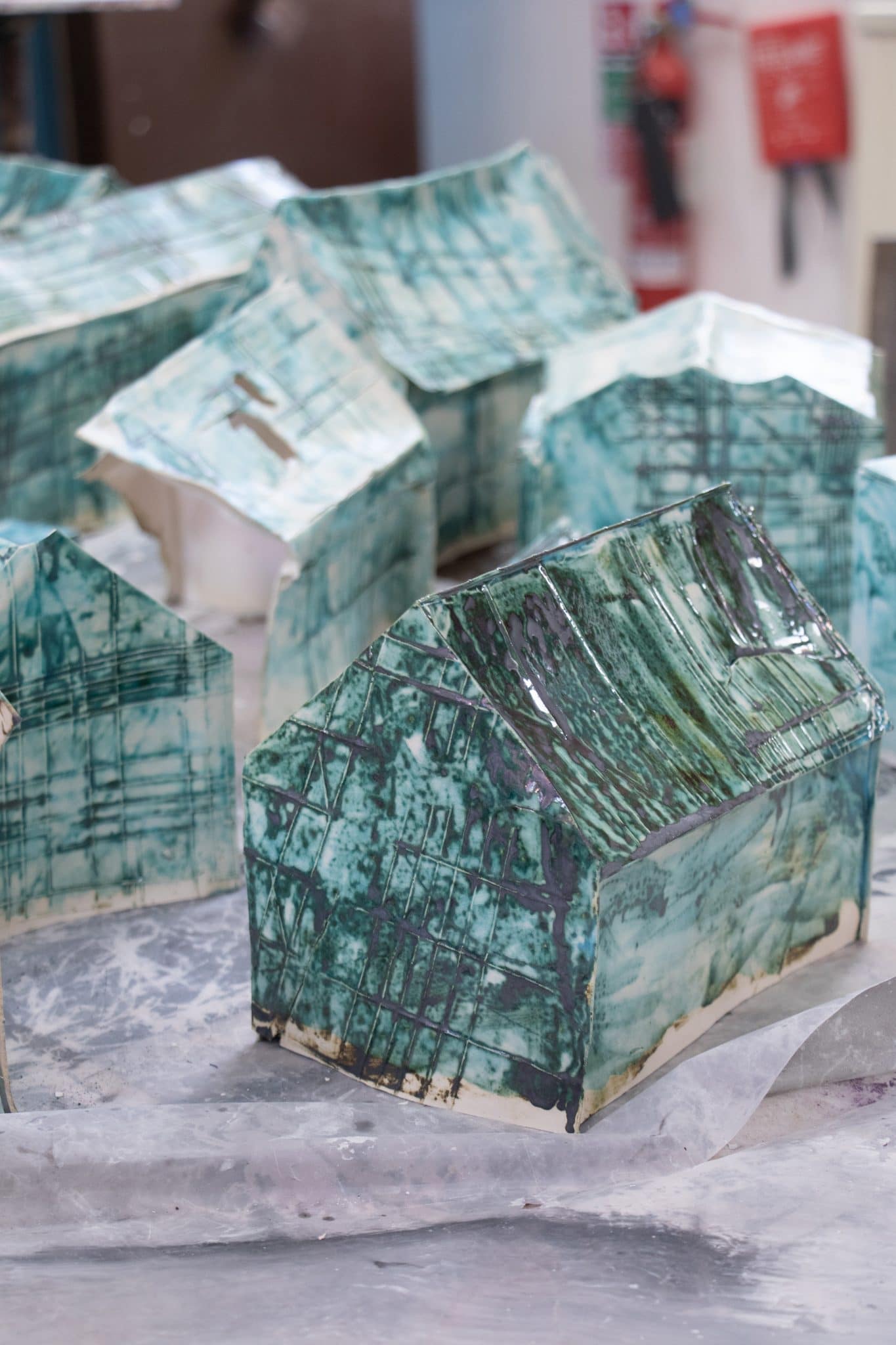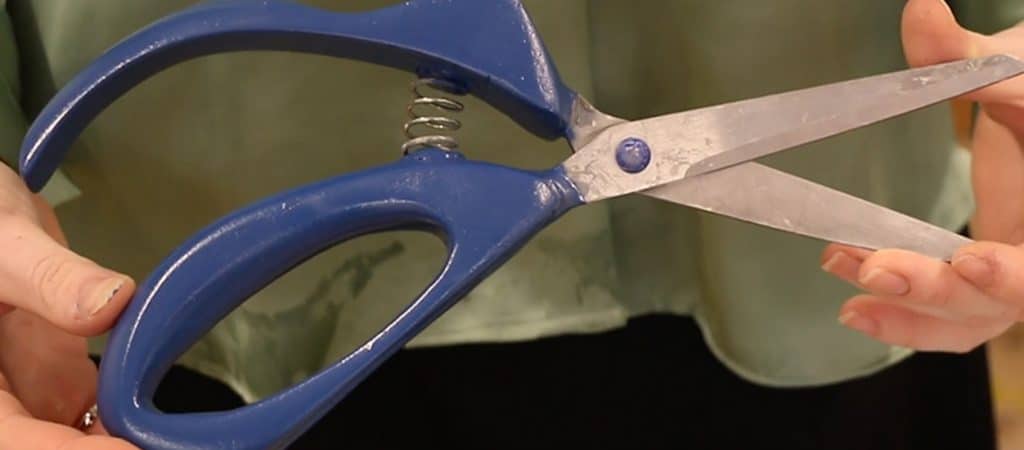FIGURE – YASMIN (K)
The A Level Art course proved to be a big step up in workload and quality from GCSE but, to anyone thinking of studying it, there is even more opportunity to explore your own creative expression. I had a great deal of creative liberty to conduct my own research into artists who inspired me with the aim of completing a final piece at the end of the course.
To gauge a wider understanding of subject matter and artistic technique, in the Lower Sixth I completed sketchbooks and studied artists related to landscape, architecture and figure. I chose to continue studying figure as I have been passionate about portrait painting since my GCSE studies.
The inspiration for my project stemmed from my teachers assigning pages specific to an artist for homework, consisting of an analysis of their work and our own copies. Ranging from Giacometti replicas to life-sized self portraits, I obtained a great deal of inspiration in the classroom. However, books in the library and exhibitions out of school also played a role in selecting artists to study. My project includes almost exclusively portraits of my family, including my final piece. I found a great deal of inspiration from them, particularly during lockdown.
To refine my final pieces I experimented with many formal elements in my work such as colour, composition, scale and material. It was helpful to refer back to artists for inspiration, by watching documentaries or even contacting them directly. My chosen artists included Jonathan Yeo, Gerhard Richter and John William Waterhouse. After finding them all separately, I noticed similarities in their depictions of young women they use as muses. I decided to explore this further in my project and concluded that the presentation of women represents the artists’ perspective of popular opinion in their time period. This included themes such as beauty and vanity, war and sacrifice.
I practised my final piece many times before its completion and surprisingly the detailed portrait painting was the least complicated part. Practising final pieces is crucial; as with all practical endeavours, errors in the plan are often missed until the plan is executed. My background and composition changed many times, from portrait to landscape to square to elongated, from two figures to one and back to two again. A range of colour palettes was considered and mountains of white oil paint were sacrificed in the process before settling on a painting
I was happy with. It taught me that change is necessary and welcomed throughout the process and I hope my piece reflects the ideas and effort used to produce it.






